Vietnam’s livestock sector is accelerating restructuring, reducing production costs, and developing a fully integrated supply chain.
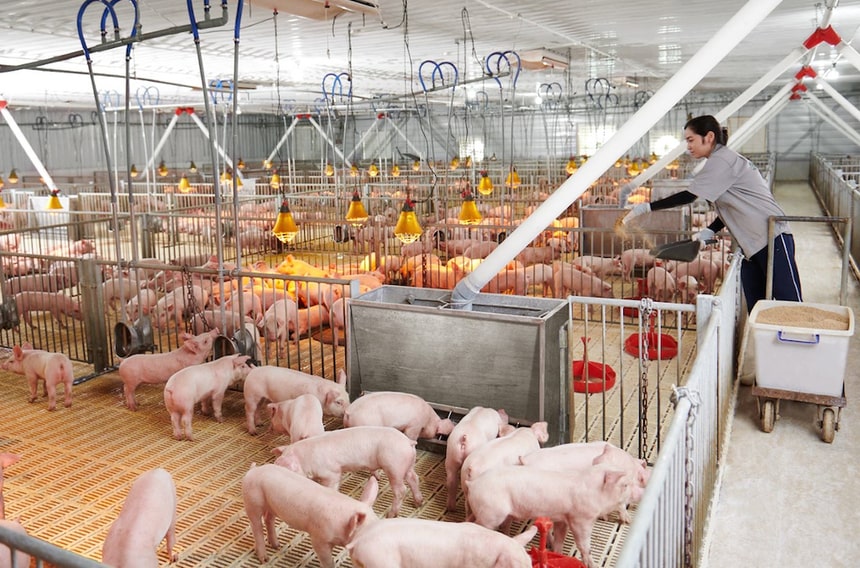
Year-end demand always places Vietnam’s livestock sector under intense pressure, as households stock up for festivities and consumption surges.
To stabilize prices and ensure food safety, the sector is restructuring supply chains, cutting costs, and developing closed, traceable systems from farm to table.
Agricultural authorities warn that unstable supplies of meat, eggs, and milk can affect inflation and consumer livelihoods. Excessive or unplanned restocking also exposes farmers to financial risks, especially when input costs remain volatile.
Pork prices are particularly sensitive, often influencing the cost of other food products. To ease pressure, many localities have prepared supply-demand management scenarios and strengthened food reserves for the Lunar New Year holiday.
Experts emphasize that restocking must match market demand. Rapid restocking while feed prices remain unstable raises production costs and reduces farmer profits.
Transitioning to modern supply chains
Hanoi and several other provinces are shifting from traditional supply chains to closed, traceable, biosecure linkage models. This reduces intermediary costs and improves product quality.
Modern distribution channels are also expanding, facilitating the sale of processed and chilled meat products and contributing to better market regulation.
Smaller, commune-level supply chains, linked to school canteens or collective kitchens, are also proving effective. They provide a stable market for local farmers while ensuring food safety.
Cutting costs to boost competitiveness
The Department of Livestock Production and Animal Health notes that feed prices, operational costs, and strict food safety requirements continue to weigh on producers. Optimizing the value chain, from breeding and feed to management and market access, is essential.
Medium and large-scale farms have adopted biosecurity measures, closed farming systems, and digital management tools to improve efficiency. Biological and ‘no-contact’ farming models, along with closed environmental management systems, have reduced veterinary costs and minimized disease risks.
Experts agree that cost reduction must align with supply chain restructuring. Fragmented production and weak linkages leave farmers more vulnerable to price swings. Stronger cooperation among government agencies, cooperatives, farming households, and businesses is vital for stable output and better management.
Regulators forecast that 2026 will be pivotal, with goals of higher productivity, stronger environmental responsibility, and better livelihoods for farmers.
Animal genetics, nutrition, and farm management remain the three pillars of livestock efficiency. As production shifts toward larger-scale farming, biosecurity management becomes increasingly important for reducing both risks and costs.
Research institutions in Vietnam have increasingly applied biotechnology in breeding, vaccine production, and optimized husbandry protocols. Several domestic pig and chicken breeds have achieved high productivity, reducing dependence on imports.
However, livestock genetic data remains fragmented and lacks a unified system. Authorities propose establishing a ‘National Livestock Gene Bank’ to standardize data and support long-term breeding development.
Another priority is modernizing slaughtering systems. Without transitioning from small-scale slaughtering to centralized facilities, the sector will struggle to meet biosecurity, food safety, and export standards.
Toward modern and sustainable production
Despite a a gradual decline in feed material prices, the livestock market still faces risks from disease outbreaks and supply-demand fluctuations. Investments in biotechnology, biosecurity, and digital transformation are considered crucial for boosting productivity and competitiveness.
Domestic production of meat and eggs has increased steadily, and herd sizes across livestock and poultry have expanded. However, to enhance value and move toward export, the sector must prioritize quality, standardized production chains, and transparency.
Experts believe Vietnam’s livestock industry has significant opportunities thanks to an expanding market, clearer legal frameworks, and accessible technology. If all actors in the supply chain move toward greener, safer, and more efficient production, Vietnamese livestock products will be well positioned to reach and advance in international markets.
Subscribe now to the technical pig magazine
AUTHORS
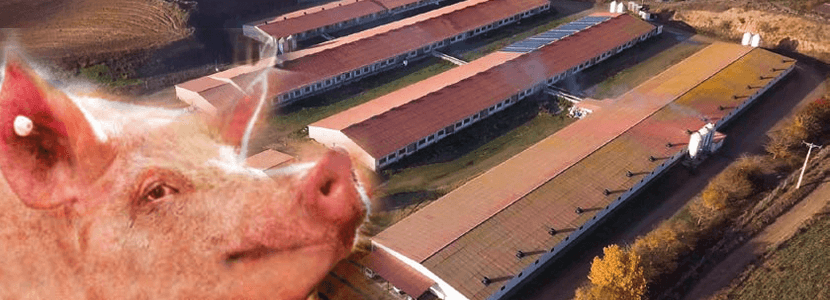
Bifet Gracia Farm & Nedap – Automated feeding in swine nurseries

The importance of Water on pig farms
Fernando Laguna Arán
Microbiota & Intestinal Barrier Integrity – Keys to Piglet Health
Alberto Morillo Alujas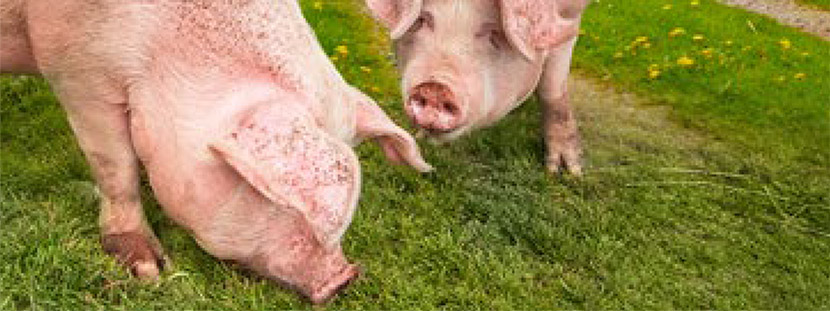
Impact of Reducing Antibiotic use, the Dutch experience
Ron Bergevoet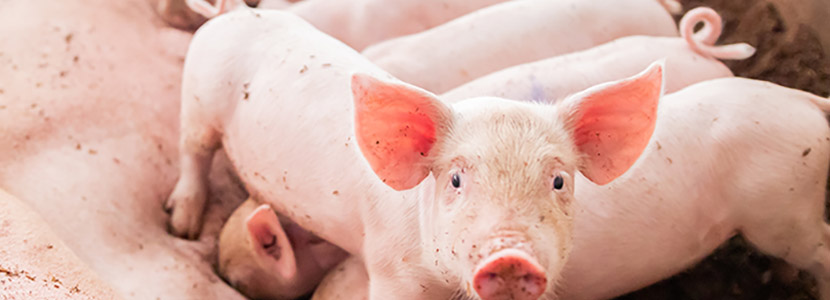
The keys to successful Lactation in hyperprolific sows
Mercedes Sebastián Lafuente
Addressing the challenge of Management in Transition
Víctor Fernández Segundo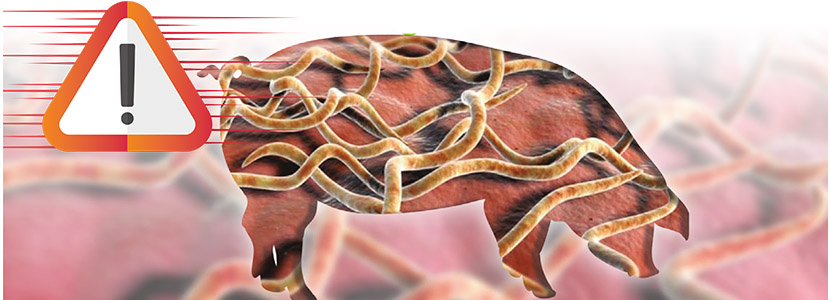
Dealing with the rise of Swine Dysentery
Roberto M. C. Guedes
Actinobacillus pleuropneumoniae – What are we dealing with?
Marcelo Gottschalk
The new era of Animal Welfare in Pig Production – Are we ready?
Antonio Velarde
Gut health in piglets – What can we do to measure and improve it?
Alberto Morillo Alujas
Interview with Cristina Massot – Animal Health in Europe after April 2021
Cristina Massot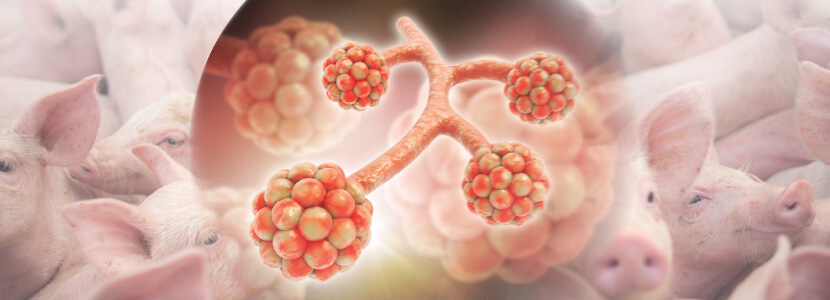
Differential diagnosis of respiratory processes in pigs
Desirée Martín Jurado Gema Chacón Pérez